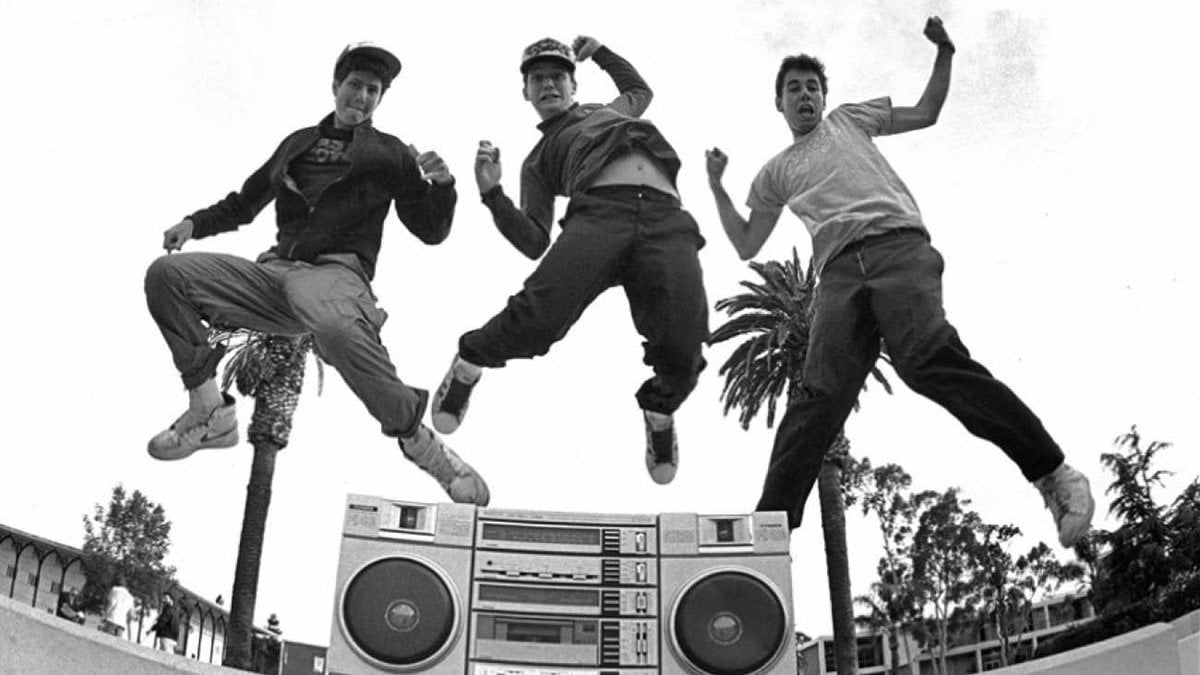J Dilla - Donuts

Each month we take a look at a classic track or album and discuss it from a music production perspective, examining any sonic innovations that took place during its recording. This month we investigate J Dilla's 'Donuts', an album that casts a long shadow over contemporary music. It isn't the first album to inspire a book, but it is quite possibly the first to inspire a donut shop. Here, we try to distill what made it so special, and so influential.
The story of how the album was made is astounding. It was released in 2006, only two days before Dilla (born James Yancey) passed away. Yancey was suffering from a rare blood disorder; thrombotic thrombocytopenic purpura, which was further complicated by the effects of lupus, a chronic inflammatory disease where one's own immune system attacks the organs and soft tissue in the body. Unbelievably, this meant that much of the album was completed from his hospital bed
What made Dilla different to other producers of the time, was the way he manipulated samples; he did everything manually from start to finish. He fed samples directly into his Akai MPC 3000 and Boss SP-303 samplers, and played his beats in real time. This led to a profoundly human beat-making style; the groove isn't perfectly 'on the grid', it ebbs and flows. It has soul. Watch Questlove describe Dilla's process in the video below.
The influence of the record is far-reaching. Many hip-hop producers have copied Dilla's trademark, 'behind the beat' sample layering style, Flying Lotus and his Brainfeeder label being notable examples. Dilla's presence is felt in other genres too; his beats have influenced jazz drummers such as Mark Giuliana and Zach Danziger, and post-rock legends Tortoise have cited him as an inspiration. More than ten years since its original release, it is clear that 'Donuts' is a landmark in hip-hop production.



Comment on this post on SoundGym Community